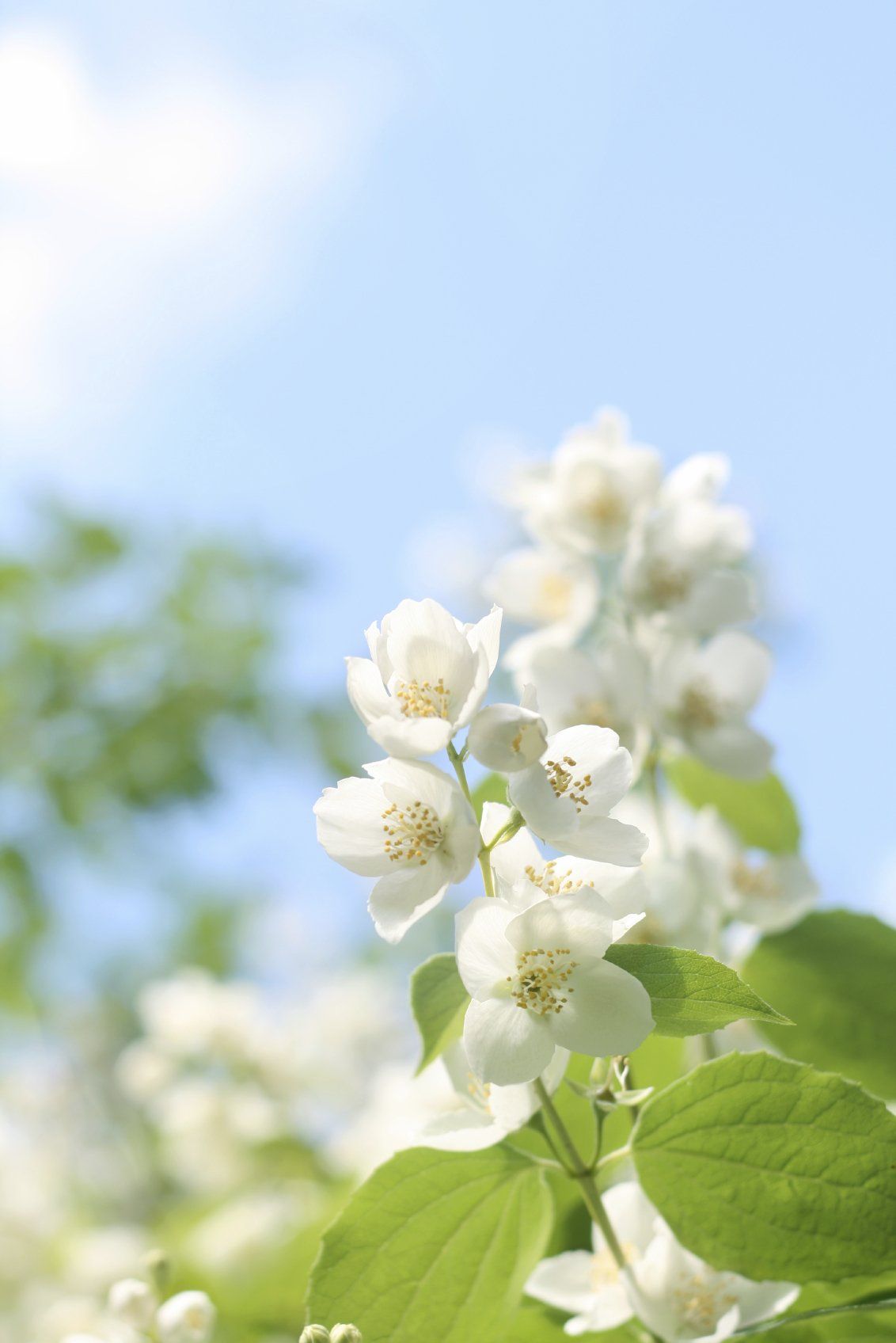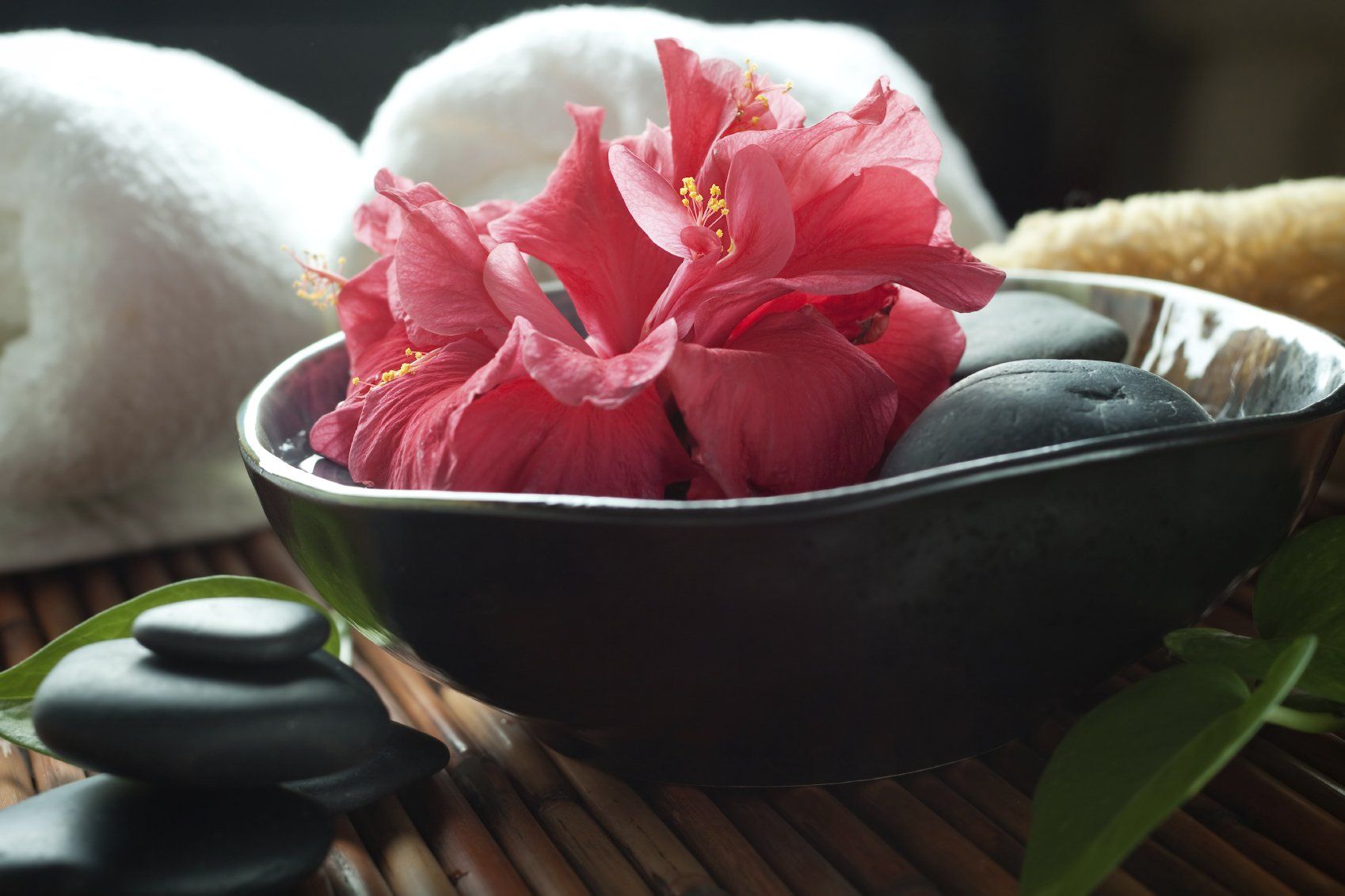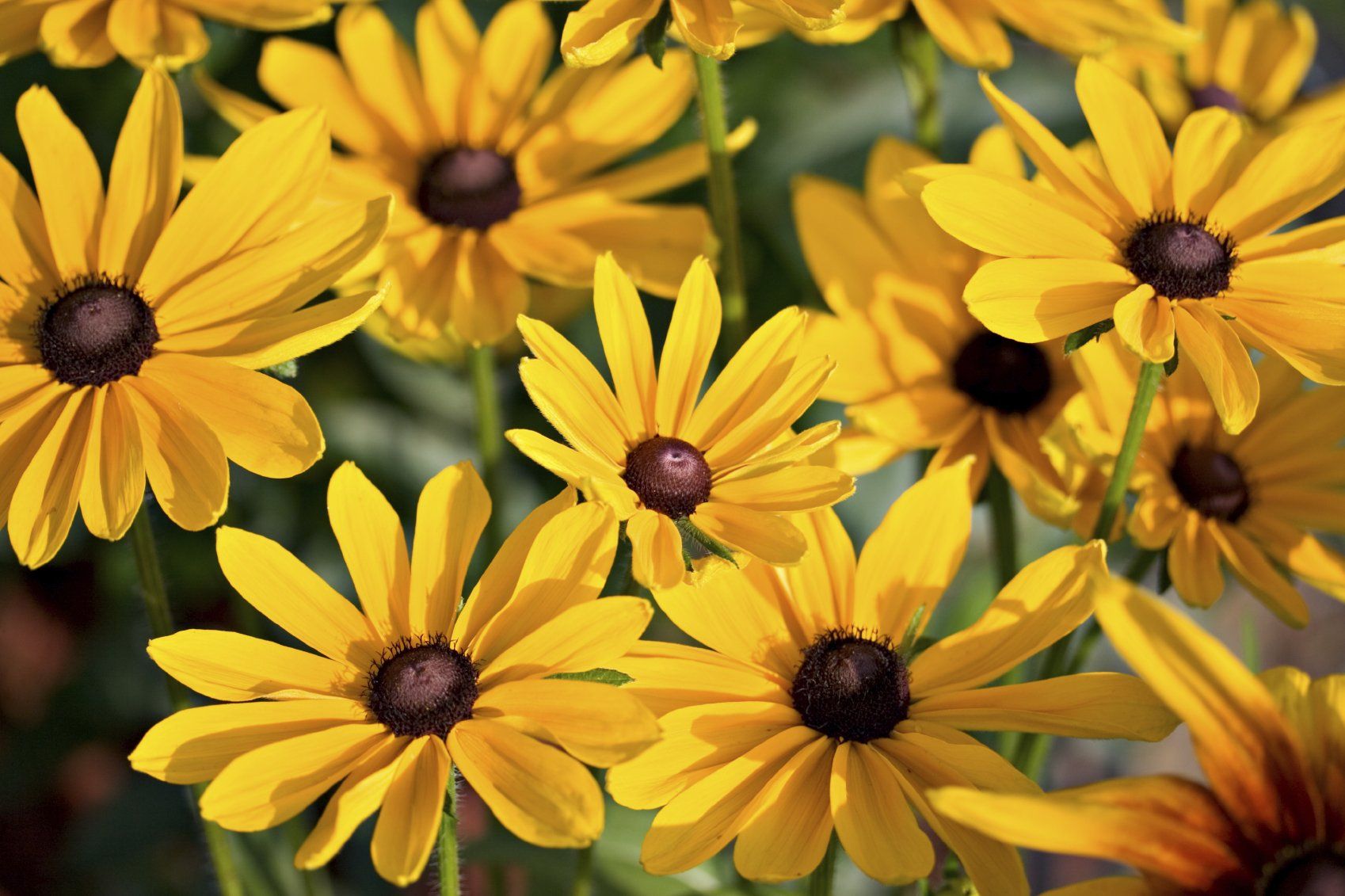About Natural Attars and Perfumes
What is an Attar ?
A true attar is a perfume oil made from flower petals distilled in water using low heat and pressure. Some attars also contain exotic woods, spices and resins. Over several weeks, the steam containing the fragrance oils is collected into a container of mild sandalwood oil. There, the oils blend together until the sandalwood is completely saturated with the fragrance of the flowers.
In the art of perfumery, sandalwood oil or 'fixative' is used as a 'base'. It binds with the molecules of the fragrance oils and allows their subtleties to develop and last longer than if the flower oil was worn by itself. There is alchemy at work here! Like a fine wine, a true, sandalwood-based attar actually improves with age. You cannot find a more natural perfume than a true attar.
How Are Traditional Attar Made ?
Our manufacture brings together the natural elements : plants, earth, fire, water, air ...
Before actual production, the first step is to harvest aromatic plant materials in wild or cultivated areas (without pesticides or chemical fertilisers). A small amount of Attar requires tens of thousands of petals.
For example : The production of 10 g of pure essence of Rose requires for example 50 kilos of flowers !
The flower petals and other required plant components (up to 160 kilograms) are poured into a copper cauldron - called "Deg" - which acts as a still. They are then distilled with a certain amount of water, at low temperature and pressure in order to preserve certain fragile aromatic molecules.
The Deg, traditionally heated over a wood fire, is connected to a receiver, the "Bhapka", via a bamboo pipe, the "Chonga".
The Bhapka contains high grade of sandalwood oil. This oil has the ability to capture and fix aromatic molecules (which would be very volatile and fleeting otherwise).
The water vapour produced in the Deg is loaded with aromatic molecules, it will pass into the Bhapka via the bamboo pipe. The Bhapka is placed in a tank where the water is regularly renewed to stay cool and allow the condensation of this water vapour. The droplets of aromatic oils thus collected mix with sandalwood oil.
The long experience of the attar manufacturers allows them to control and maintain minutely low temperatures and pressures during distillations. These parameters are essential to preserve the most fragile and subtle aromatic molecules. These would be destroyed with a conventional distillation process like that used for essential oils.
The distillation process lasts about 4 hours and is repeated several times, for at least 2 weeks, so that the recipient oil is saturated with aromatic molecules. The distillations can last several months, as for the Attar Hina for example, which requires many components and requires several manufacturing steps.
The floral water (Hydrolate) present in the recipient is recovered after night decantation and replaced in the deg. The floral water will bring a subtle aromas to the new batch of freshly picked flower petals.
After these different distillation steps, the recipient content (oil and aromatic molecules) is carefully stored to refine the decantation and keep only the precious perfume oil.
History Of Attar
THE FIRST TRACES
The word attar, Ittar or Athar, is of Arabic origin and means "scent". This word would itself be derived from the word sugandha, meaning "aromatic". Since time immemorial, India produces many raw materials for perfumery and has an intimate and deep relationship with fragrances, whether in the form of incense, spices, flower garlands, aromatic oils or perfumes.
The art of Indian perfumery would be at least as ancient as the civilisation of the Indus Valley. The archaeological excavations of the ruins of Harappa and Mohenjo-Daro (located in present-day Pakistan) have notably updated perfumed oil distillation equipment dating back more than 5000 years.
The historical traces linked to the art of distillation of the Attar are however rare. The prosperous region of northern India was indeed subject to numerous conflicts or invasions and newcomers were working to erase the traces of the previous ones.
THE MUGHAL INFLUENCE
In 1526, Babur, a Turkish-Mughal prince descended from Genghis Khan, defeated the Sultan of Delhi and founded the Mughal Empire, which lasted three centuries. The Grand Mughol Akbar inaugurates an original artistic style, synthesis of Persian culture and Indian traditions, which touches all areas: music, architecture, painting, poetry and... perfumes. Under his reign, the first distillation of rose oil is located.
The Mughal elite greatly appreciated the Attar. The princes had a certain preference for Oud Attar (Agarwood Attar), developed in Assam. In Ain-e-akbari, a compilation on the reign of Emperor Akbar, it is mentioned that he used the Attar daily. Likewise, the bath of a Mogul princess was incomplete without Attar.
MAHARAJAS & ATTAR
The Maharajas were the monarchs of the Rajput people, settled in the 5th century in Rajasthan. They became pillars of the Indian Empire under the Mongols and then under the British. Their refinement has long fascinated admirers of the East. Religious and temporal leaders, heroes incarnate of the Indians, they cultivated aestheticism in all areas, from architecture to music, from jewellery to theatre, dance and of course the art of perfumery. The Attar was one of the jewels of Rajput craftsmanship.
The aristocracy, especially the Maharajahs and Maharanis (their wives) were particularly fond of them and used them in various ways, first of all to perfume themselves of course: a few drops behind the ear, in the hair, and also on their clothes; but also to benefit from certain properties of the Attars: they perfumed their bed and their veils with vetiver because it brings a feeling of freshness (the heat can be overwhelming in northern India). The Attars were also in the spotlight at the many festivals held in the palaces of the maharajahs : the splendour that unfolded there was accompanied by a festival of scents.

A TRADITION ATTACHED TO A REGION
Legend has it that the first Attars were made in the region of Kannauj (Uttar Pradesh), once known as Harsha Vardhan. The ascetics who lived in the forest used certain herbs and aromatic roots that they burned in their fire during the winter.
Shepherds grazing their sheep in this region, smelled and enjoyed the scents that still permeated the burned wood long after the ascetics left the place.
The thing spread and some enterprising people started looking for these aromatic plants. The experiments on the Attar began then, the first ones were Rose and Hina. At that time, and until recently, the craftsmen of the Attar travelled with their deg (still) throughout India. They moved according to the flowering of the different flowers, to produce the precious perfume on the spot.
This particular distillation process has refined over time while the traditional material has remained virtually unchanged. The know-how and the secrets associated with the manufacture of the Attar have been passed down from generation to generation in the families of perfumers, from that ancestral time to today.





